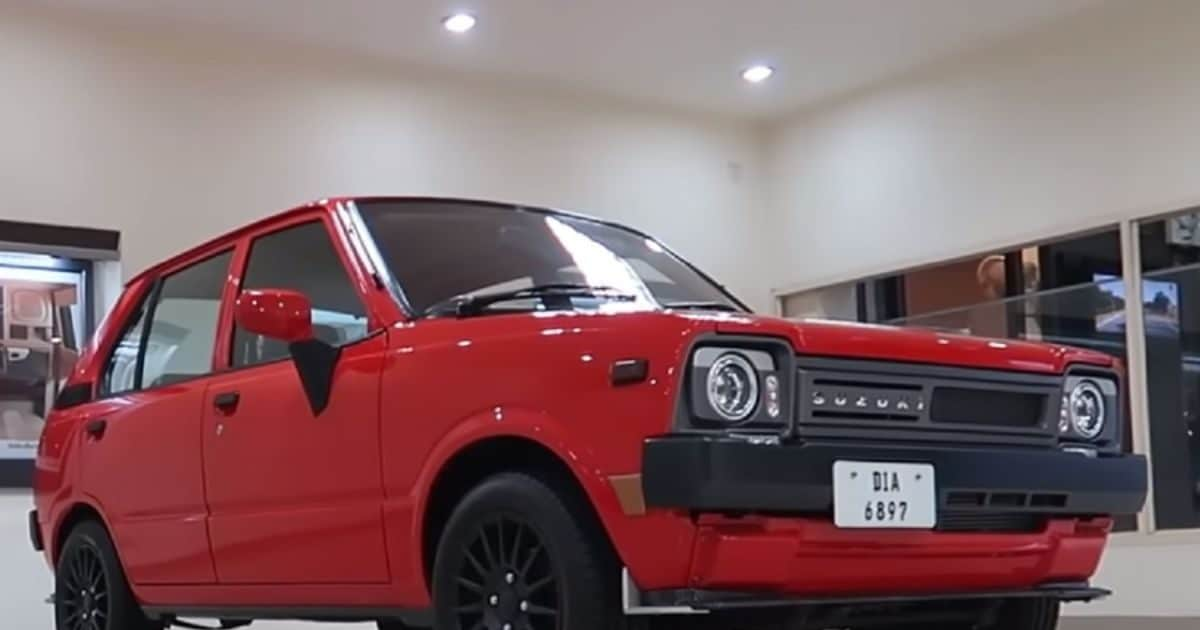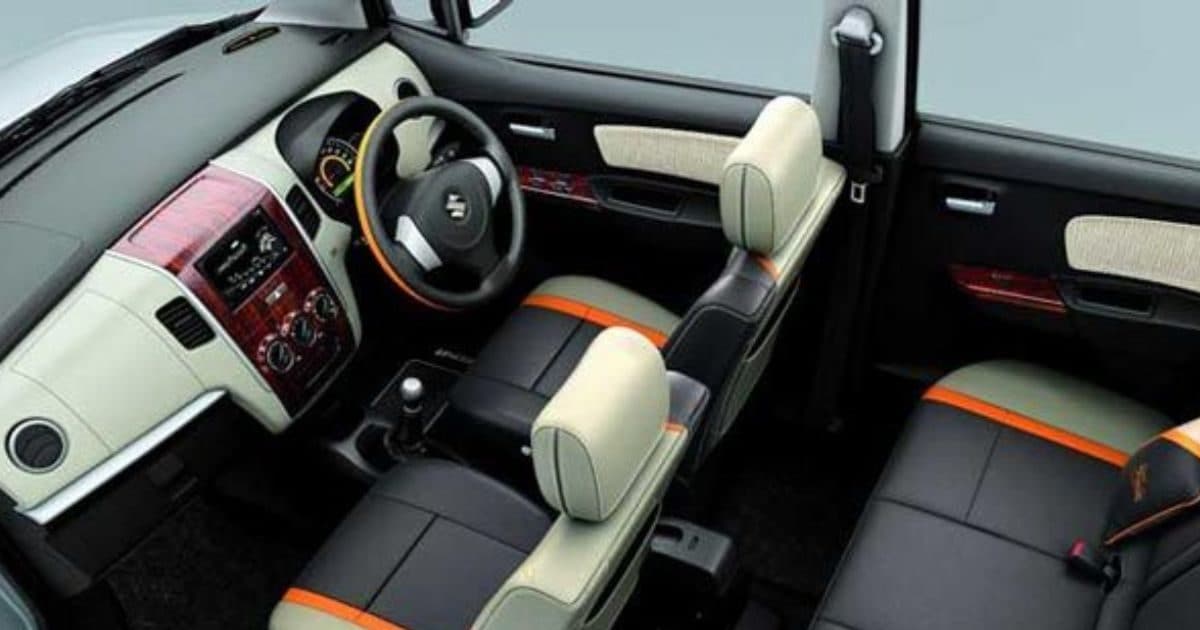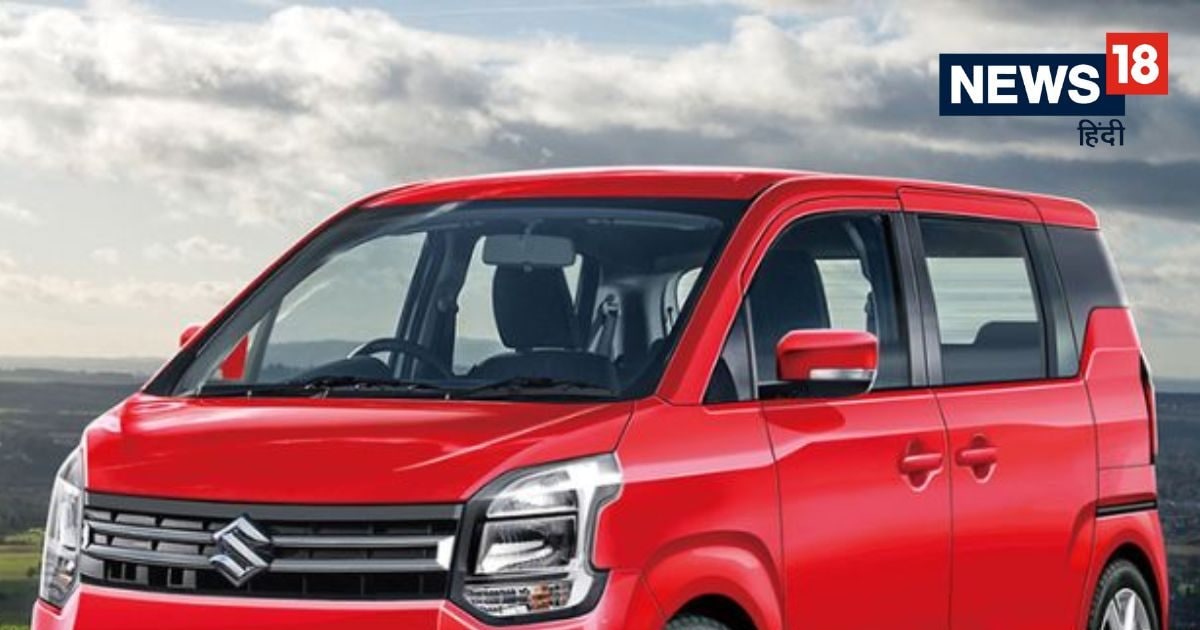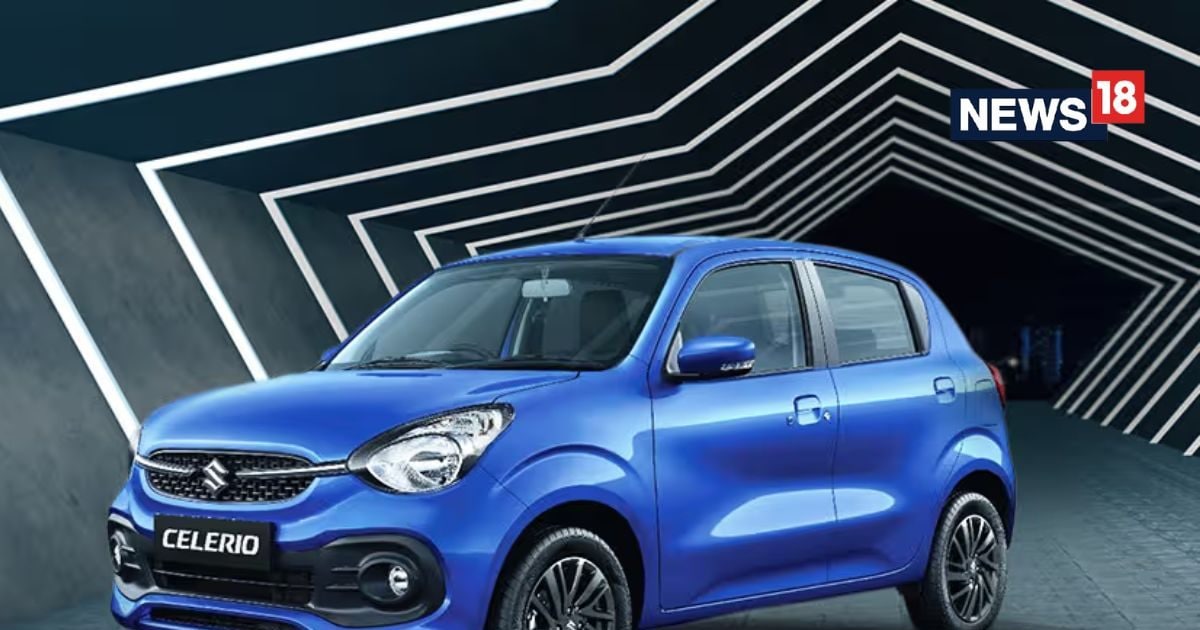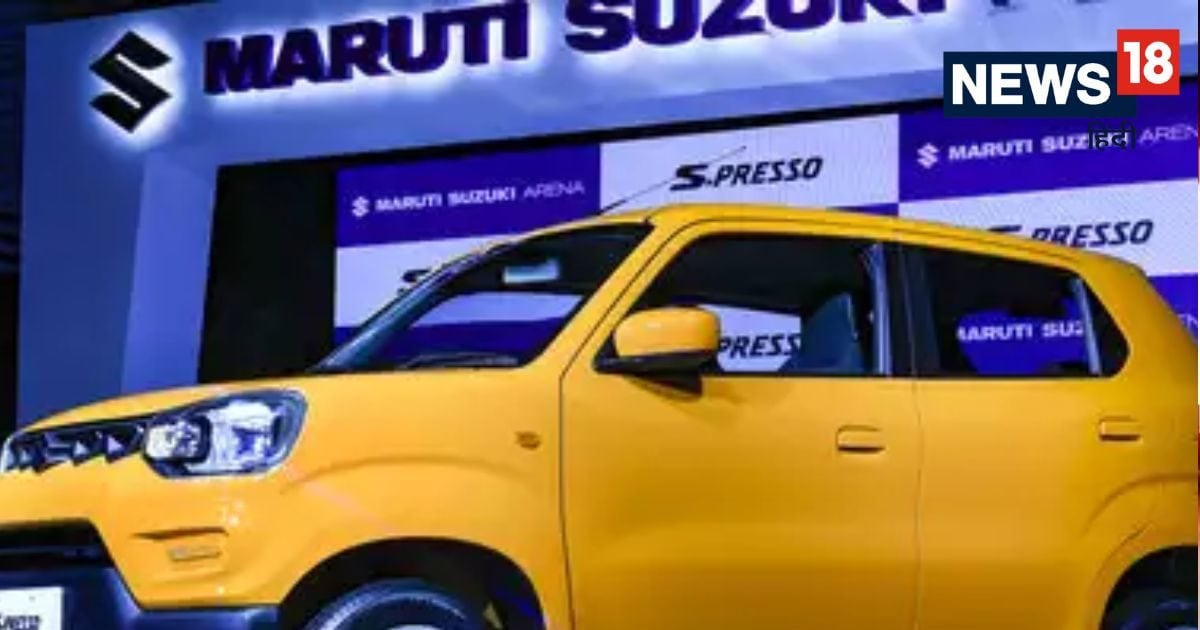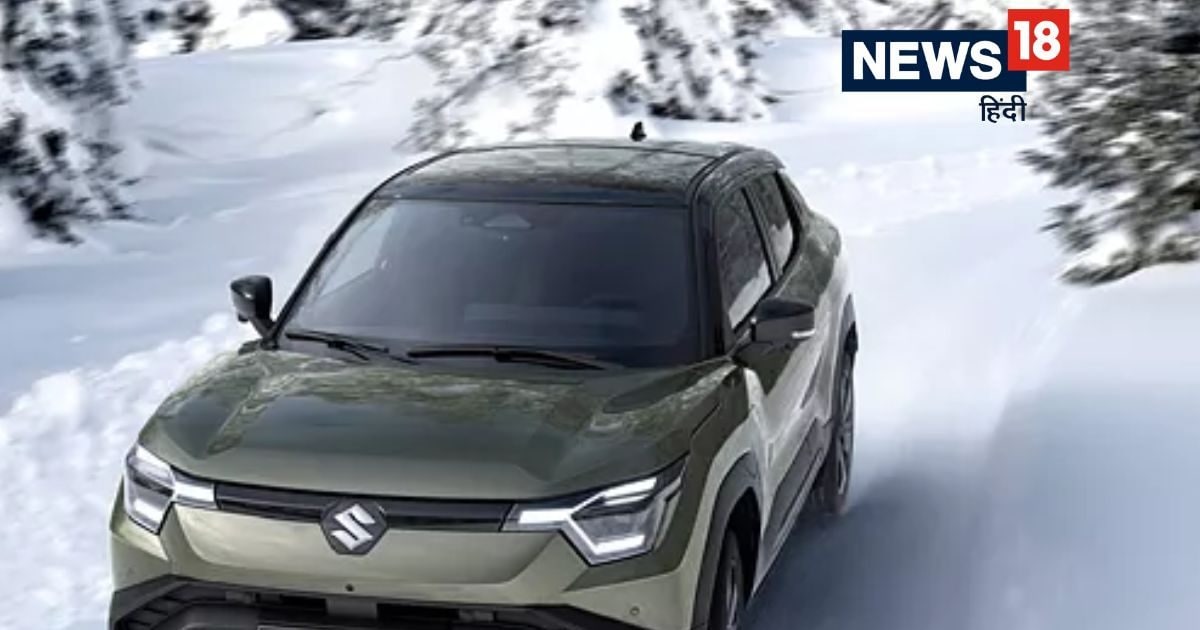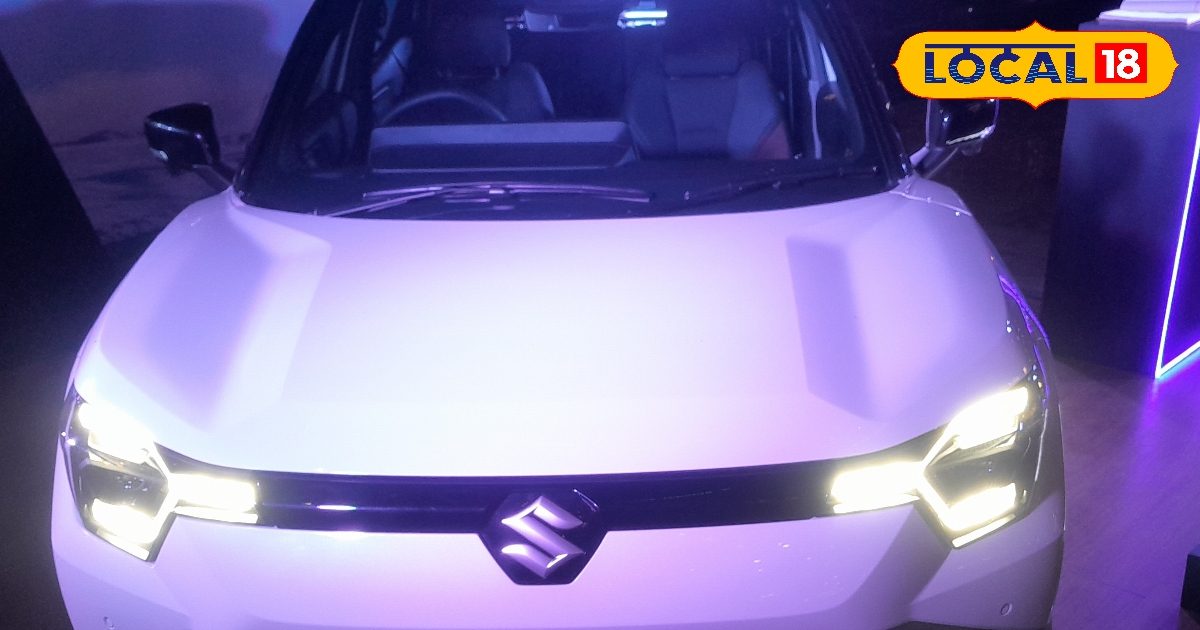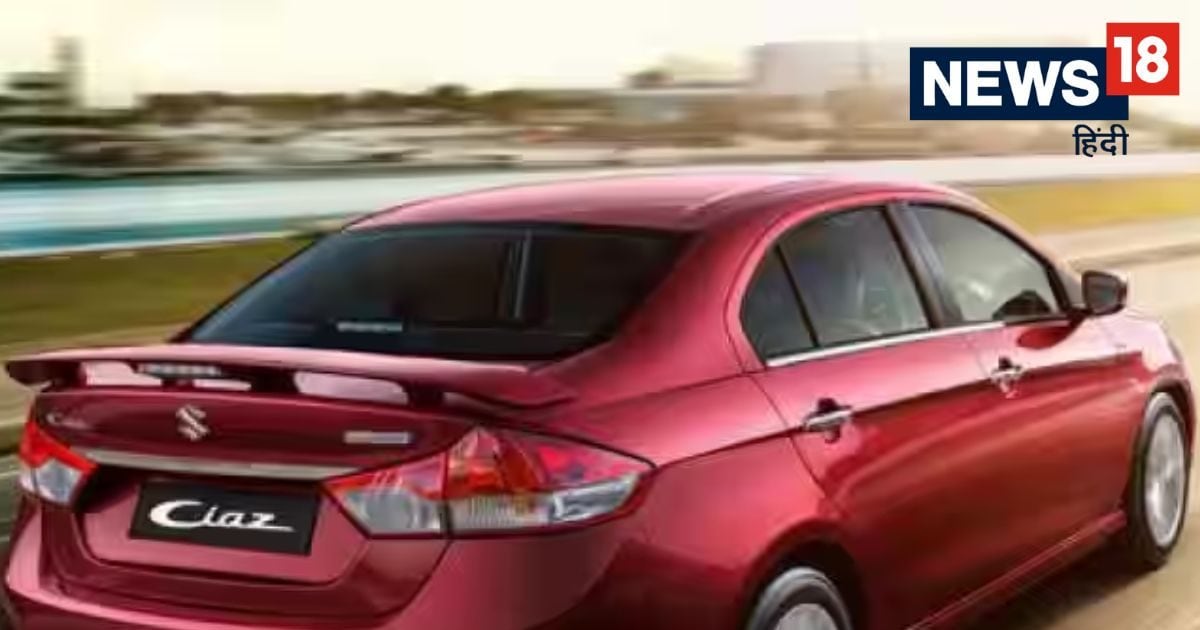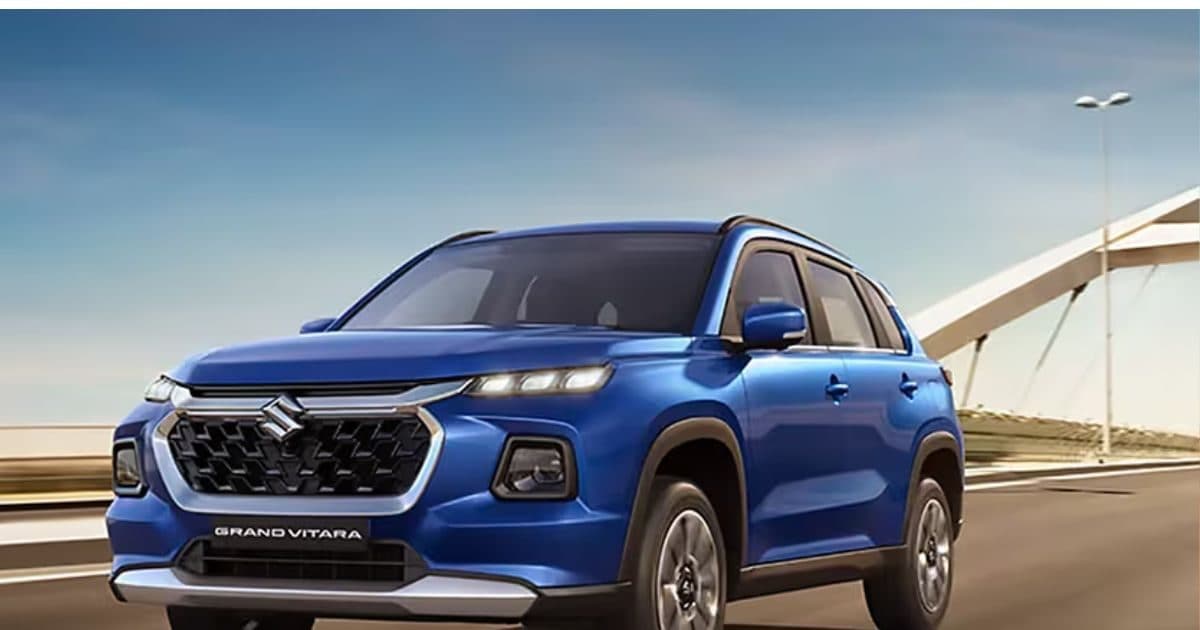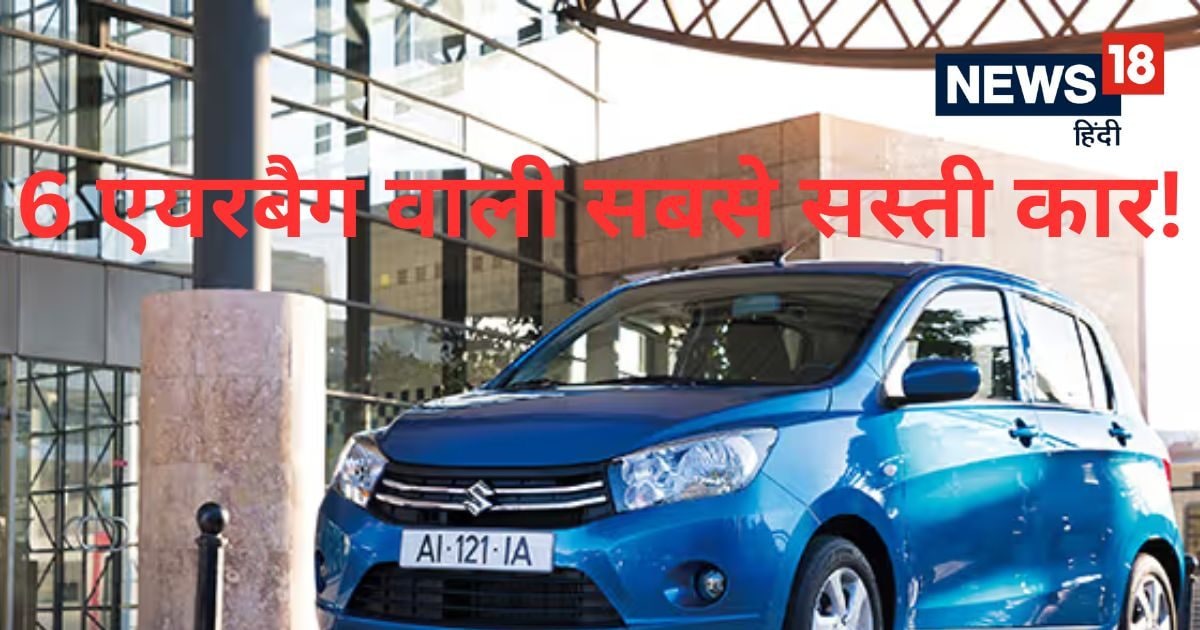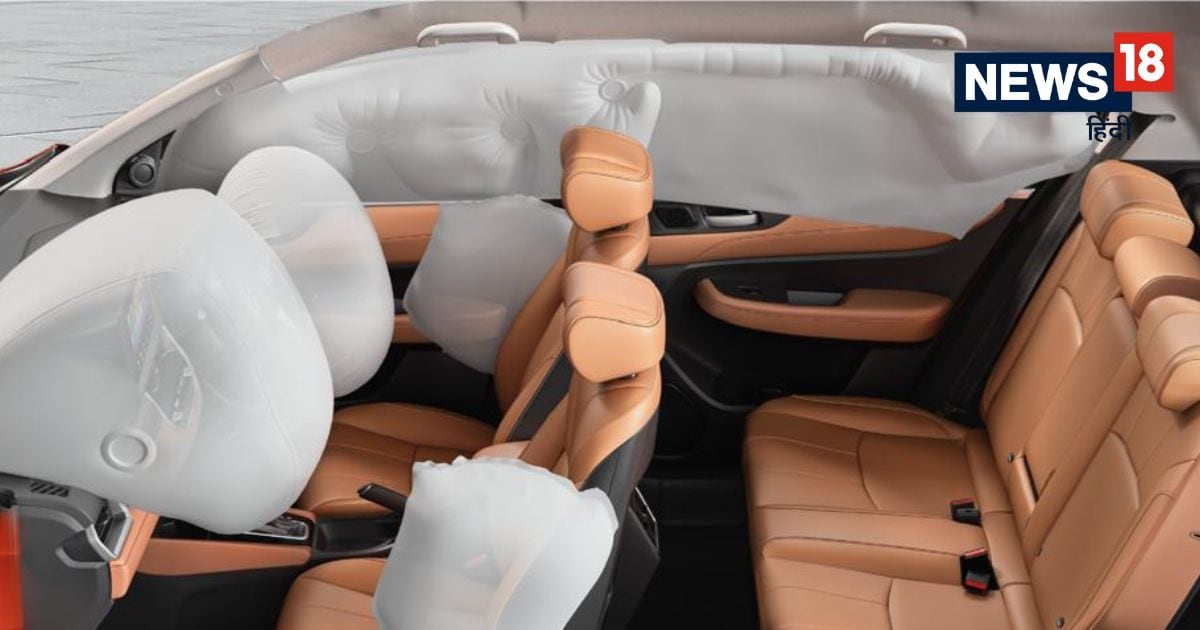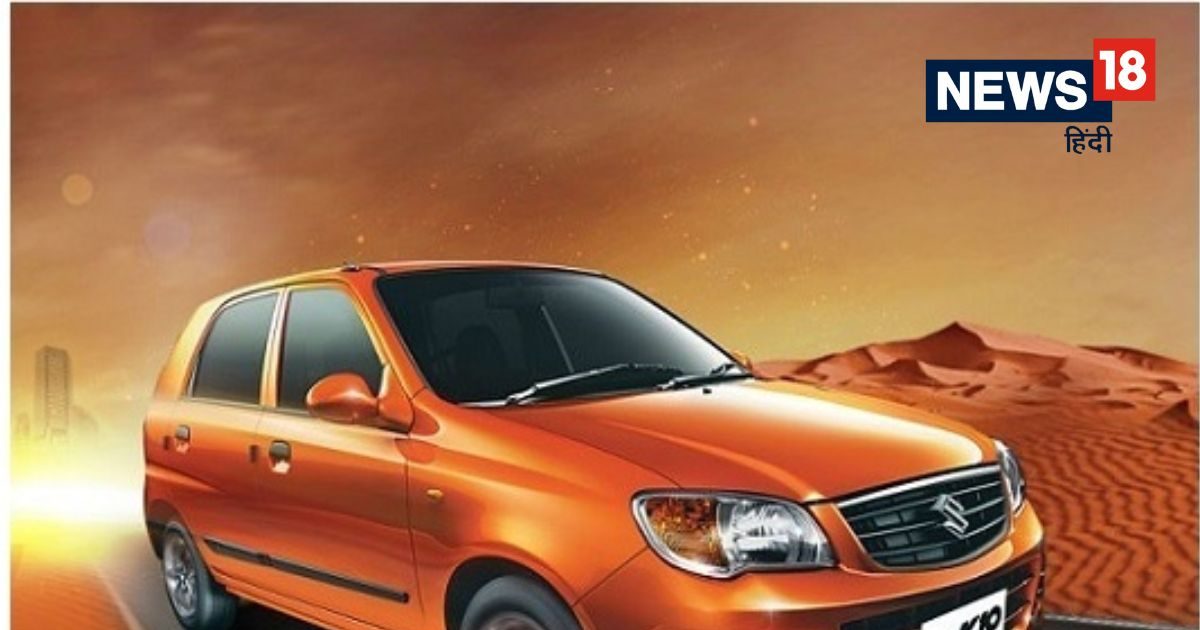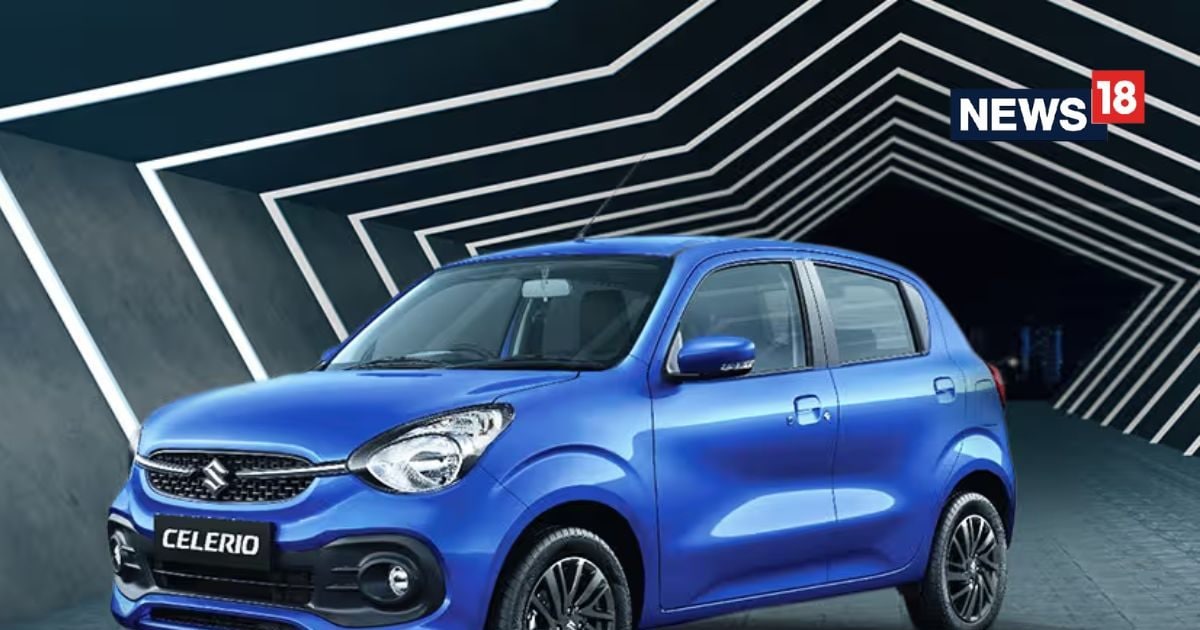More than 1 lakh units sold in 6 months
Maruti Suzuki sold 101,424 units of this hatchback during January-June-FY22 (189,000 units), FY23 (212,340 units), FY24 (200,177 units), and fY25 (198,451 units). Wagon R was left behind only twice by a car, when Tata Punt (202,031 units) in CY24 left behind Wagon R (190,8555 units), and in Cy23 when Maruti Suzuki SWIFT (203,469 units) defeated it (201,301 units).
Automotive experts reported that Wagon R's success credits go to its practicality (its toll boy design and big cabin), affordable price (between Rs 6-8 lakhs), and Maruti Suzuki's comprehensive sales and service network (over 3,500 outlets) of Maruti Suzuki.
Creta
During January-June, Hyundai Creta finished second and sold 100,560 units. But this premium SUV-priced between Rs 11-20 lakhs-left behind Wagon R in June with the sale of 15,786 units (compared to Wagon R's 12,930 units). Creta – which was earlier available in petrol and diesel – got a boost after the launch of its electric variants in January. With three powertrains, it was India's best -selling car in three months of 2025 – March, April, and June – India.
The next five places were taken by Maruti Suzuki models – Dzire (96,101 units), Brezza (93,729 units), SWIFT (93,098 units), Ertiga (91,991 units), and Faronx (88,066 units). Tata Nexon (87,267 units) in eighth place, Mahindra Scorpio (85,648 units) at the ninth, and Tata Punch (84,579 units) in tenth place. Talking about body styles, the top 10 had six SUVs (Creta, Brezza, Fronx, Nexon, Scorpio, and punch), followed by two hatchback cars (Wagon R and SWIFT), a sedan (Dzire), and a mpv (Ertiga).
Good cell of these cars too
Three Maruti Suzuki cars in 11-13th place-Baleno (81,566 units), EECO (66,257 units), and Grand Vitara (56,050 units)-followed by Hyundai Venue (54,003 units), Mahindra Bolero Neo (47,7,238 Units), Mahindra XUV 3xo (45,979 units), Kia Sonet (45,277 units), Mahindra Thar Roxx (37,651 units), Toyota Hyryder (34,218 units), and Kia Carens (34,056 units). In the top 20, nine Maruti Suzuki models; Four mahindra models; Two Hyundai, Tata, and Kia models; And includes a Toyota model.


